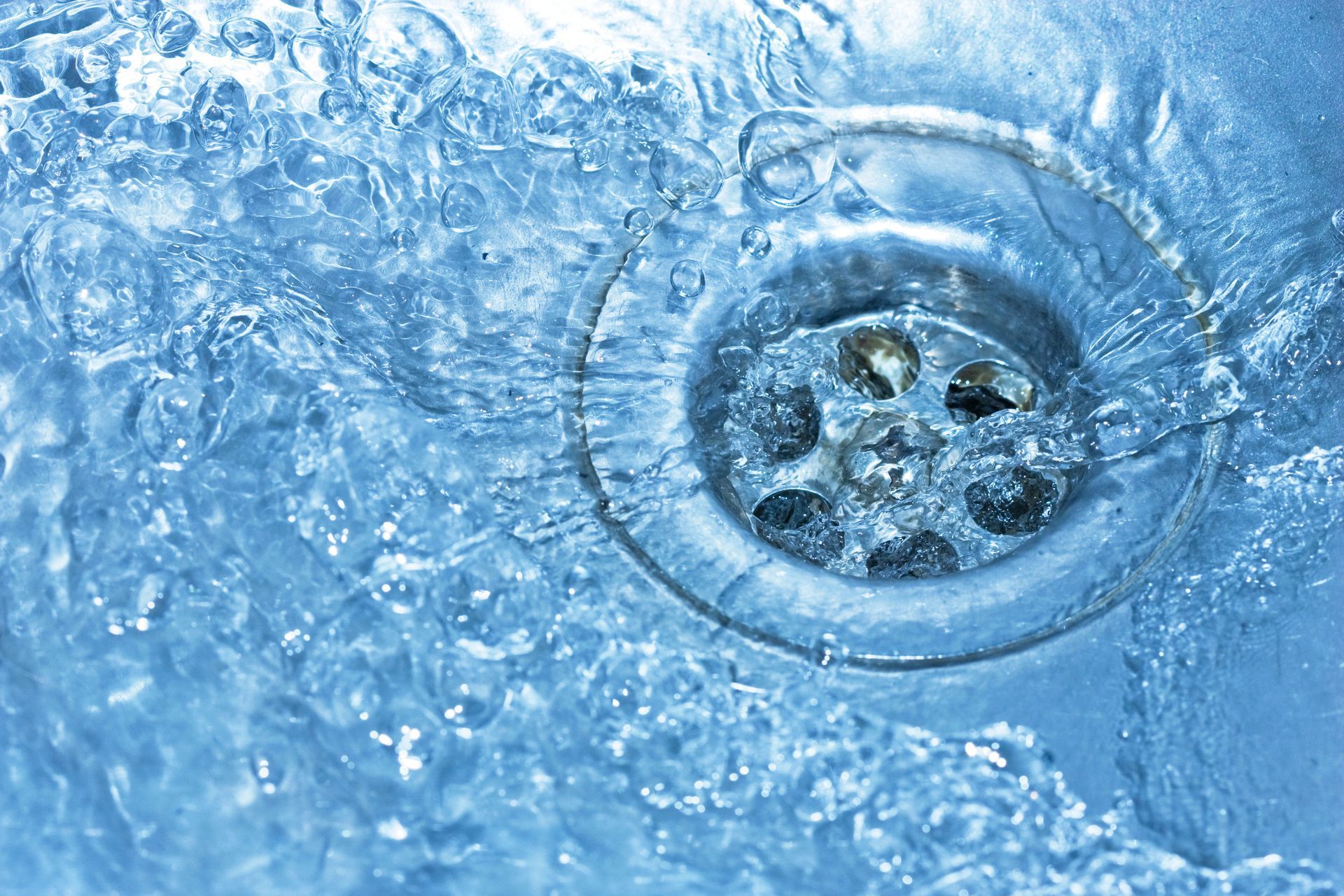Experience Matters. We Are the Experienced Professionals. Call Us Today!
Serving San Diego, CA
3 Plumbing Codes Examined During Sewer Inspections
As a homeowner, you should understand what plumbing codes and requirements building inspectors look for when examining your sewer lines during a sewer inspection. According to SkillCat, in the United States, the first plumbing code was published in 1928. Knowing these codes before an inspection allows you to proactively address any issues before they become major problems. Here are three key plumbing codes inspectors assess related to your sewer lines and drainage system.
1. Proper Sewer Pipe Materials
Your sewer pipes, joints, and fittings must meet local plumbing codes for approved materials. Inspectors look closely at the types of pipes used, ensuring they are durable and corrosion-resistant enough to prevent leaks and deterioration over time. Generally, cast iron, PVC, and ABS plastic pipes meet municipal code requirements. If you have old clay or steel pipes, an inspector may flag these as unacceptable and require replacement with approved materials.
2. Proper Pipe Slopes and Sizes
Inspectors examine your sewer inspection video footage for proper pipe slopes and sizing. Sewer pipes must maintain the right downward pitch or slope to facilitate waste drainage by gravity flow. Too flat or too steep, and drainage issues arise. Related to slope, pipes must meet minimum size requirements per code for their location and purpose. For example, 4-inch diameter pipes are acceptable for bathrooms while wider 6-inch pipes are needed for main sewer drains. Inspectors check that all slopes and pipe sizes adhere to code minimums.
3. Proper Cleanout Installation
Easy access to cleanouts at key junctions is another area building inspectors focus on during sewer inspections. Cleanouts provide critical access points for snaking out blockages without demolition work. Per code, inspectors check that cleanouts are positioned at the appropriate intervals and locations, such as within 5 to 10 feet of the foundation and at each change in pipe direction. The clearance area around cleanouts must allow easy rodding access without obstructions. Inspectors also check that secure, code-approved cleanout caps are properly installed.
Knowing these three major plumbing codes related to your sewer inspection can help you avoid run-ins with building inspectors. Maintaining proper pipe materials, slopes and sizing, and cleanout installations per code means your plumbing system operates safely and efficiently without blockages leading to sewer backups or water damage. Contact The Sewer Pros today if you suspect any code issues ahead of an impending sewer inspection on your property.


Share On: